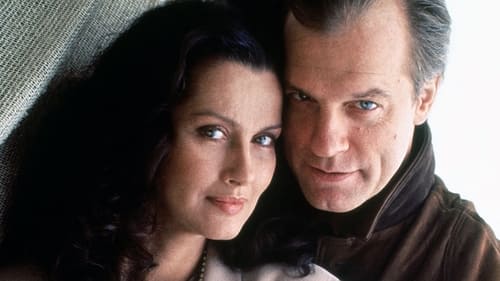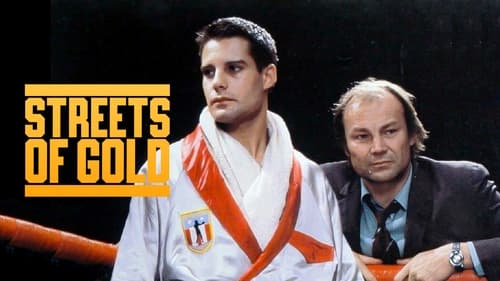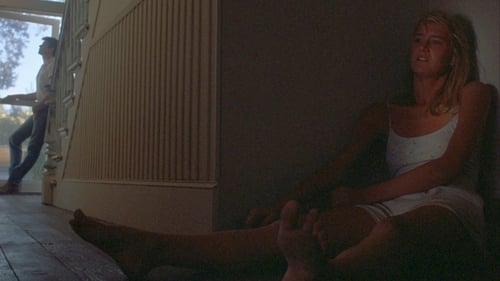
Writer
A beautiful woman is found stranded in the desert with no recollection of who she is or how she got there, so a casino boss makes it his mission to help her.

Screenplay
Alek is an immigrant from the Soviet Union who was a talented boxer in his day, but he was not allowed on the Soviet national team because he was a Jew. Depressed and discouraged, he meets two young amateur boxers. As their coach, he trains them for glory.

Screenplay
Based on the short story, "Where Are You Going, Where Have You Been", by Joyce Carol Oates, this film chronicles 15-year-old Connie's sexual awakening in the Northern California suburbs. Her experimentation gets out of hand when the mysterious Arnold Friend takes an interest in her.

Narrator
Hungarian composer Zoltán Kodály believed that music could be taught to children as readily as reading. The method he developed uses a child's own natural instrument, the voice. Beginning with simple musical intervals, the child progresses from folk tunes and children's songs to the complex notes and rhythms of composed music--from Bye baby bunting to Bach. [The film] is a look at the Kodály method of music training in public elementary schools in San Jose, California, and West Hartford, Connecticut. Ordinary children are shown in the film, but they exhibit extraordinary self-confidence, discipline, concentration, and an eagerness to learn. There is no such thing as failure in a Kodály classroom; in fact, the children are able to correct their mistakes themselves. Moreover, the children will bring much of 'how' they learn in their music lessons--counting and problem-solving, left-to-right progression, following directions--to their study of reading, writing and arithmetic.

Writer
Hungarian composer Zoltán Kodály believed that music could be taught to children as readily as reading. The method he developed uses a child's own natural instrument, the voice. Beginning with simple musical intervals, the child progresses from folk tunes and children's songs to the complex notes and rhythms of composed music--from Bye baby bunting to Bach. [The film] is a look at the Kodály method of music training in public elementary schools in San Jose, California, and West Hartford, Connecticut. Ordinary children are shown in the film, but they exhibit extraordinary self-confidence, discipline, concentration, and an eagerness to learn. There is no such thing as failure in a Kodály classroom; in fact, the children are able to correct their mistakes themselves. Moreover, the children will bring much of 'how' they learn in their music lessons--counting and problem-solving, left-to-right progression, following directions--to their study of reading, writing and arithmetic.

Co-Director
The camera goes to live among a group of 12‐year‐old girls in a middle‐class New England neighborhood. It accompanies them to school, goes to their slumber parties, listens to their gossip about their largely incorporeal boy friends, buys clothes with them and interviews them, their teachers and their parents.

Writer
Lance Henriksen is a successful restauranteur who is having a hot n' heavy affair with the wife (Susan Tyrell) of a Presidential Adviser. During one rendezvous they overhear the husband and an Admiral discussing "the killing of the patient", and as the adulterous couple have been under surveillance this information reaches a top Federal Agent (Patrick O'Neal) who provides security for the President. His investigation begins to cast light on a conspiracy within government to assassinate the President - and now he must expose the conspiracy and stop it cold.

Self
After giving birth, Joyce attempts to regain her position as a filmmaker while also caring for her new baby. The changes to both her and her husband’s professional lives are remarkable and frustrating. The new parents love the baby but must recognize the limitations she puts on their careers.






